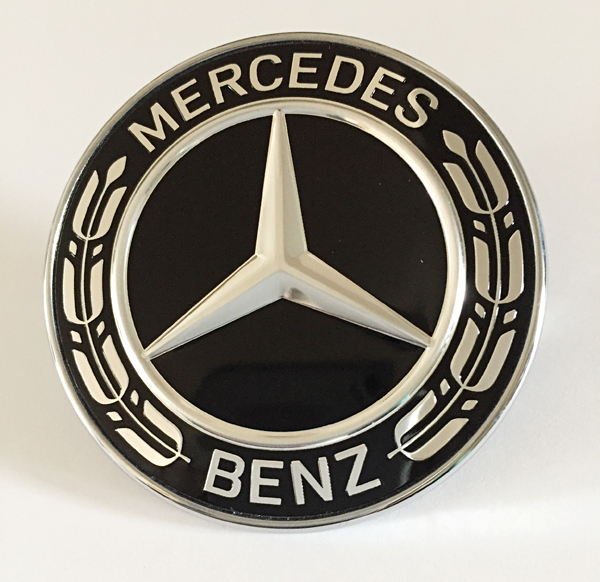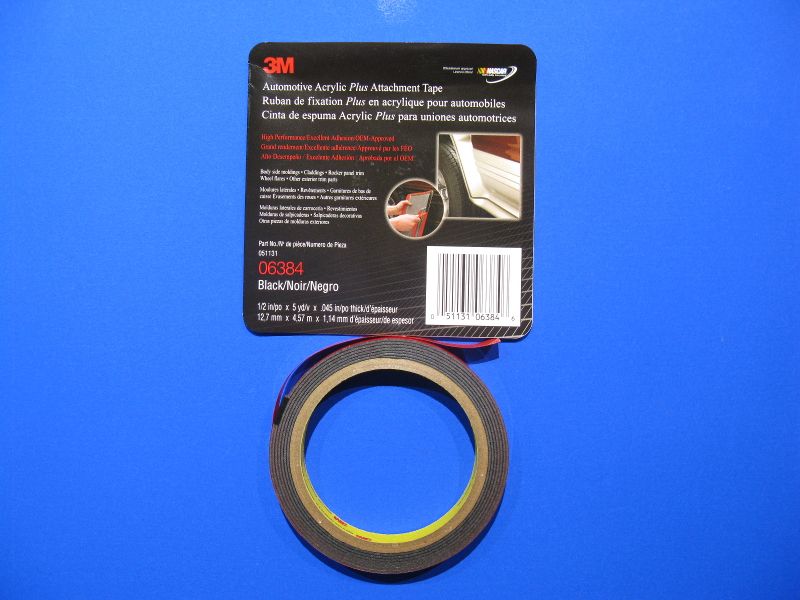I'm going to attempt an adaptation of a W176 black Mercedes bonnet star to the W169/R230 type of fixing.
This will involved taking a mould from my original bonnet badge and forming a copy on the back of the new one.
If I use a silicone rubber mould, what would I need to release the formed JB Weld part?
Any spray, like PTFE or even WD40, etc, or will the silicone mould be "immune" to epoxy all by itself? The mould is a food grade high-temp type.
I also have Araldite and Abro Steel, but I think JB Weld is better for the job?
This will involved taking a mould from my original bonnet badge and forming a copy on the back of the new one.
If I use a silicone rubber mould, what would I need to release the formed JB Weld part?
Any spray, like PTFE or even WD40, etc, or will the silicone mould be "immune" to epoxy all by itself? The mould is a food grade high-temp type.
I also have Araldite and Abro Steel, but I think JB Weld is better for the job?












